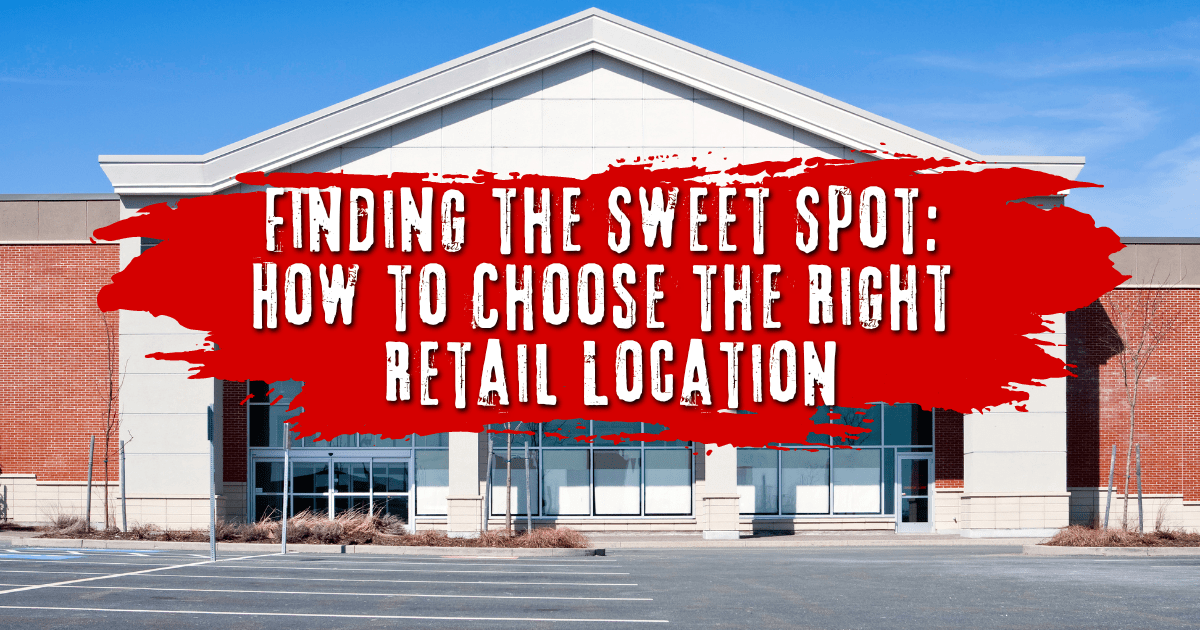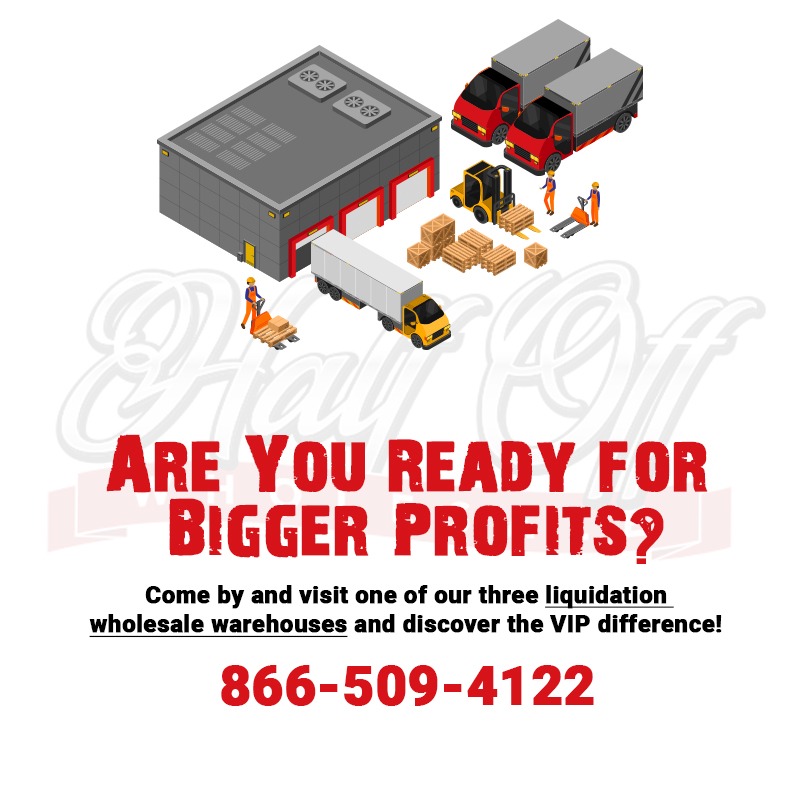Finding the Sweet Spot:
How to Choose the Right Retail Location
When you’re ready to expand your reselling business and open a physical retail store, choosing the right location is one of the most critical decisions you’ll make. A well-chosen location can lead to strong foot traffic and consistent sales, while a poor one can leave you struggling to attract customers. Whether you’re opening your store in a busy urban environment or a quieter rural area, understanding how to pick the best spot will set you up for success.
Let’s break down what to look for when scouting your location, how to assess competition, and the differences between city and rural retail spaces.
1. City vs. Rural: Tailoring Your Approach
Your approach to choosing a location will depend largely on whether you’re opening in a city or a rural area. Each environment has its own set of challenges and benefits, so it’s important to understand how each market works.
City Locations: In a city, you have access to a larger customer base but will face higher rent and more competition. Urban retail spaces often thrive on foot traffic, especially in busy shopping districts or areas near public transit. If your inventory includes home improvement products like trendy lighting, DIY supplies, or seasonal décor, a city location could help you tap into a broader, more diverse market. However, the higher cost of rent and the competition from other stores (big and small) means you’ll need to carefully assess whether the foot traffic will justify the expense.
Rural Locations: In a rural area, rent is typically lower, and you may have less competition, but you’re dealing with a smaller customer base. This can actually work to your advantage, as rural shoppers often prefer a more personal, localized shopping experience. Stocking a store with practical home improvement items like tools, outdoor equipment, or renovation supplies can turn your store into a go-to resource in the community. You’ll want to ensure your store is easily accessible and provides products that are harder to find locally, which can boost your appeal.
2. Research Your Competition
Whether you’re in a city or a rural town, competition plays a major role in your success. Before committing to a location, do some reconnaissance on other businesses in the area.
City Competition: In urban areas, you’ll likely be competing with big-box retailers and niche boutiques. Visit nearby stores to get a sense of their inventory, pricing, and customer base. Are they offering products similar to yours? If so, is there a way you can differentiate your store? Perhaps by specializing in specific niche products, offering a more personalized shopping experience, or providing lower prices thanks to your wholesale sourcing?
Rural Competition: In rural areas, competition may be limited to general stores, local hardware shops, or larger chain stores like Walmart. Check out what these stores stock and identify any gaps you can fill. For example, if the local hardware store only sells basic tools, you might focus on unique or specialized items from your wholesale pallets, such as flooring, fixtures, or gardening equipment. This kind of research will help you carve out your niche and position your store as a valuable local resource.
3. Consider Foot Traffic and Accessibility
Foot traffic is a crucial factor, especially in city environments. Ideally, you want to place your store in an area with heavy pedestrian activity, such as shopping districts, near public transportation, or close to other businesses that naturally draw customers. Higher foot traffic can result in more impulse purchases, making it easier to move your inventory.
In rural areas, foot traffic may be less of a concern, but accessibility is key. Your store should be conveniently located near main roads, with plenty of parking available. Rural customers are often willing to drive a bit farther if they know your store offers the products they need at good prices.
4. Study the Local Demographics
Understanding your target audience is critical when choosing a location. Look at the demographics of the neighborhood or town to determine if your product mix aligns with the needs of the community.
City Demographics: Urban areas tend to have a diverse population, which allows for more niche product offerings. For example, if you’re opening in a neighborhood with young professionals, offering space-saving solutions, stylish home upgrades, or DIY project kits could appeal to this market. In family-oriented areas, you might focus on practical renovation items or safety upgrades for the home.
Rural Demographics: In rural areas, your customers are more likely to be homeowners looking for practical, everyday solutions. Stocking high-quality tools, lawn care products, or outdoor living supplies can help draw customers who want to maintain or improve their properties without having to travel far to a larger city for their purchases.
5. Factor in Costs and Budget Wisely
Cost is a major consideration when choosing a location, and it’s important to factor in more than just the rent. Other expenses like utilities, staffing, and inventory must be accounted for. In cities, you’ll likely face higher rent, but that can be offset by greater foot traffic and sales potential. In rural areas, the lower rent is a plus, but the tradeoff is having fewer customers, so you’ll need to make sure your pricing and product offerings are tailored to your market.
It can be tempting to go for the largest, most impressive space, but starting with a smaller, more affordable location might be the smarter move. As your business grows, you can always expand.
6. Build Connections with Nearby Businesses
Forming relationships with other local businesses can be a valuable way to drive traffic to your store! In cities, partnering with neighboring stores for joint promotions or local events can help attract new customers. For example, a nearby paint store could refer customers to you for DIY tools or home renovation materials.
In rural areas, becoming part of the local community is key. Hosting workshops, sponsoring local events, or simply offering great customer service will help build trust and loyalty among your customers.
Ready to Open Your Retail Store?
Choosing the right location for your retail store can be the difference between a thriving business and a struggle to stay afloat. By considering factors like competition, foot traffic, local demographics, and your budget, you’ll be well on your way to finding the perfect spot for your store.
If you’re looking to stock your retail space with high-demand products at great prices, Half Off Wholesale we can help. Visit one of our warehouses or give us a call, and we’ll help you find the right pallets to fit your business.
For even more tips on building a profitable reselling business, don’t forget to download our new Profitable Pallets eBook. It’s packed with strategies for sourcing, pricing, and selling products in your store, giving you the tools you need to succeed in the retail world.








